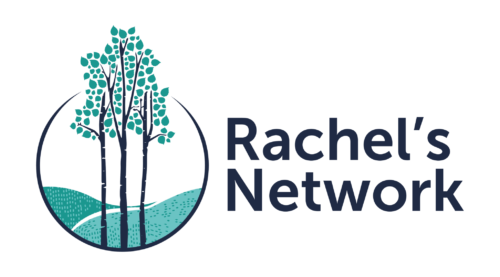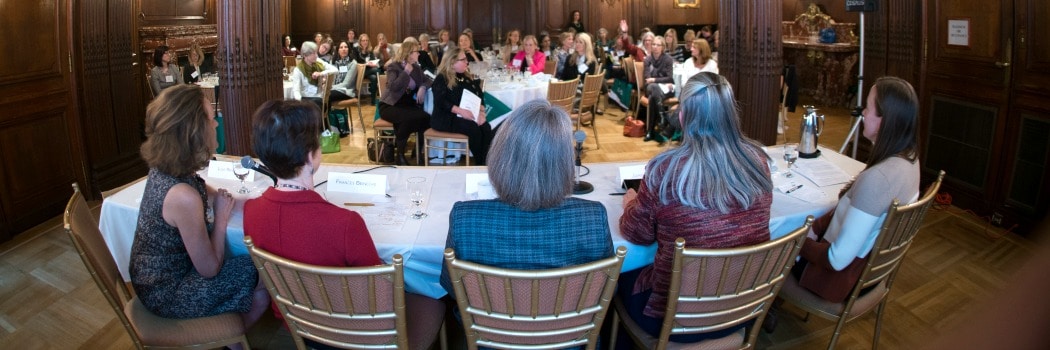Heather Taylor-Miesle, director of the NRDC Action Fund, and Rachel’s Network Advisor Debbie Walsh, director of the Center for American Women and Politics, joined members of Rachel’s Network after the midterm elections to discuss the role environmental issues played this campaign cycle and how women candidates are faring. Here they look to the future and talk about how their work is bringing positive change to the environment and women’s leadership.
What is the biggest challenge we face in passing strong environmental legislation & electing more women to political office?
Heather Taylor-Miesle: Finding our bold majority. We are working to support leaders and are fortunate to have facts on our side. Now we must encourage those who are with us to be even more bold and either convince or replace those who would rather ignore or deny the need for action on so many of our important priorities.
Debbie Walsh: We’ve got to get more women to run. We know when women run, they win at about the same rate as men in comparable races. We need to be strategic and identify women to run in open seats at every level of leadership. And once those women are recruited, we need to make sure that they have the support, financial and otherwise, to be successful.
If you could remove one obstacle that prevents us from implementing solutions to these challenges, what would it be?
HTM: The most important thing we need is an engaged America. I am a mom so I understand that we are a busy public, but these politicians need to know that the air we breathe and the water we drink is important to us and right now, most politicians are only hearing silence. Only 36 percent of people voted this cycle. If people were paying attention, it would make the over saturation of money in politics so much less important. We need engaged voters who are interested in electing leaders that are solutions and future-oriented. Public engagement would completely change everything and make all of our goals much easier to achieve. What happens in Washington, shouldn’t stay in Washington.
DW: One of the biggest hurdles to getting women to run is convincing them that holding office is the best path for making change. We know from our research that women run to have an impact, whether it’s an issue as local as making sure there is a traffic light at a dangerous intersection or as global as reducing greenhouse gas emissions. Given the gridlock in Congress, many good people are discouraged from running because they believe there are better avenues for making change. But unless we get new voices in Congress, our state legislatures and local government, we won’t see an end to the partisan gridlock that is preventing progress.
How have your priorities changed since you joined your current position (as director of the NRDC Action Fund/director of the Center for American Women and Politics)?
HTM: Building a sound, pragmatic, effective organization that is worthy of carrying the NRDC name and helping to grow the environmental majority across America so we can address climate change and other environmental priorities.
DW: Our focus at CAWP hasn’t changed, but how we allocate time and resources has. We look at short term and long term investments. Our research on the impact of women in office provides the answers to why we need more women engaged in the political process. We train women to run for office now, but we are expanding our work to engage girls and young women our newest initiative, Teach a Girl to Lead™.
What are you most proud of in your work?
HTM: There have been many successes in the past few years but I am most proud of my staff (who all just happen to be women). They are young, smart, creative – and they are hungry for change in a way that will make us more effective as a movement and hopefully make protecting the environment a much more fundamental value. It took me forever to find all of them, but I can’t wait to see what they do in the future – both at NRDC Action Fund and beyond. I hope to be working with them for decades to come – there is much progress to make.
DW: I am proud of the work that CAWP has done to make the subject of women’s public leadership visible. Through our research and our programs we have made the issue of electing more women to office a priority and have fostered the growth of many initiatives around the country to increase women’s political participation.
What woman leader inspires you? Why?
HTM: Obviously, [former NRDC President] Frances Beinecke is about as good as it gets. She is passionate, intelligent, and so very steady. She is the calm in the storm. I feel so privileged to have worked with her and watched her lead our movement during this time of crisis. She is a walking masters class in leadership and something to strive towards each day. I am sorry to see her retire, but am thrilled she will be staying on our board. I am also looking forward to working for another strong woman – Rhea Suh, who just became our new President.
DW: When I was 12 years old, my mother took me to a debate between the two candidates running for Congress from our West Village district. While I had grown up in a political home and had always seen women as political activists trying to influence elected officials, I had never thought about women holding elected office themselves. Seeing Bella Abzug in that debate changed all that for me.


